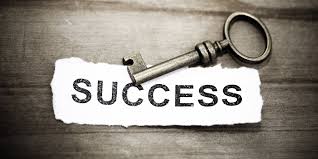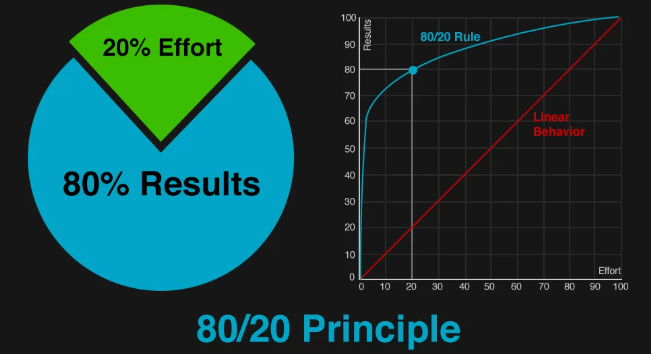Back
Replies (1)
More like this
Recommendations from Medial
Milan Sinha
Life’s a buffet, and... • 9m
Pareto’s Rule: A Startup Conspiracy? They say 80% of results come from just 20% of efforts. Sounds like productivity wisdom… or maybe a cheat code we’ve all been ignoring? Think about it: 80% of your revenue → from 20% of your customers. 80% of yo
See MoreRishabh Agrwal
Desire & faith have ... • 9m
Can Anyone Know About Pareto Principle in Stock Market The Pareto Principle (80/20 Rule) applies to stock trading and investing. 2. Around 80% of traders lose money, while only 20% make consistent profits. 3. Most failures result from greed, lac
See MoreDev Prakash Pandey
Learner || Content W... • 1y
What Successful People Don't Tell You About Success; 1. 70/20/10 Learning Rule: 70% of learning comes from challenging experiences, 20% from developmental relationships, and 10% from formal education. 2. 1-in-100 Rule: Out of 100 ideas, only one wi
See More
Download the medial app to read full posts, comements and news.







































